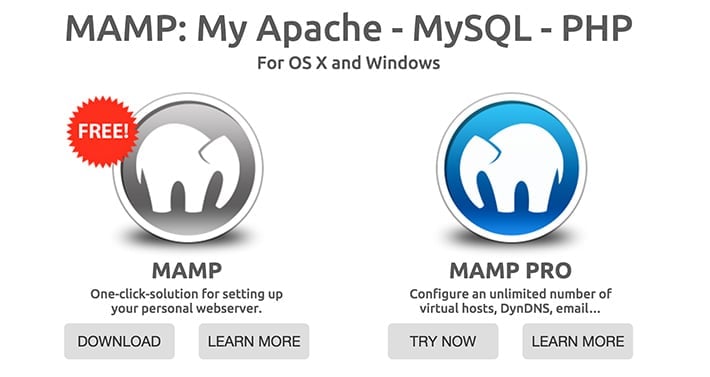

- #Local by flywheel work on with multiple computer how to#
- #Local by flywheel work on with multiple computer install#
- #Local by flywheel work on with multiple computer update#
- #Local by flywheel work on with multiple computer software#
- #Local by flywheel work on with multiple computer code#
#Local by flywheel work on with multiple computer update#
Update the name field with your correct repository name and click “Publish Repository.”.Click “Publish repository” to bring up the Publish Repository dialog box.Now that you’ve committed your changes to your local repository, you’re ready to publish/push those up to your GitHub repository. You can change the default branch (after your first commit) with git branch -m newname in the command line. In the left sidebar, you should now see a list of changed files showing all of the files in the wp-content directory (or your theme or plugin directory).Ĭommit your repository via GitHub desktop by entering your Summary (initial commit is pretty standard for a repository’s first commit) and clicking “Commit to master.”.In the Add Local Repository dialog that pops up, click “Choose” and navigate to the directory where you initialized your Git repository.Open GitHub Desktop and go to File > Add Local Repository.So that you can manage your repository in GitHub Desktop, you’ll first need to add it there. If you prefer to use the command line to manage your repository, feel free to skip the rest of this help doc. Now you’re ready to add the repository in GitHub desktop.
#Local by flywheel work on with multiple computer code#
If you only need to track the code for a specific custom theme or plugin, create your repository in that theme or plugin directory. In order to avoid conflicts later, let’s just track the code that we’re responsible for. We’re only going to, at most, track the wp-content directory because like most managed WordPress hosts, here at Flywheel, we lock down WordPress core files. Open Local, click the plus sign (+) in the lower-left corner and fill in your site details to create your new site. Kick things off by creating a new site in Local
#Local by flywheel work on with multiple computer install#
You’ll also need to install Git on your local machine so you can run Git commands locally. Note, if this is your first time using GitHub and you haven’t already signed up, you’ll first need to create an account o n GitHub. If you’d rather use the command line for your Git workflow, you can use that instead. GitHub Desktop is great for those of us who prefer a more visual interface over the command line, so we’re going to use it here too.
#Local by flywheel work on with multiple computer software#
Git is the most popular version control software and GitHub is the largest Git host, which is why we’re going to focus on using it with Local for this tutorial. GitLab vs GitHub: Key differences & similarities.

If you’d like to dive in a bit further into the differences between all of these, check out these resources: While it’s true that Git can be confusing and daunting to new users, fortunately, there are many learning resources, a learning lab, and even a simulator you can use to learn and practice with Git. We don’t want to go too far down that particular rabbit hole, but if you’re new to this, it can help to know a bit more about the world of version control. To make matters even more fun, Git isn’t the only version control system out there, though it is probably the most popular. what’s with all the similarly named but different things here? Well, Git is a version control system that powers several version control services like GitHub, GitLab, and more. Git, GitHub, Github Desktop, GitLab, etc.
#Local by flywheel work on with multiple computer how to#
Let’s walk through how to configure a site running in Local to make use of GitHub so that you get the best of what these two tools can offer your development workflow! What is Git? These tools allow you to track changes and collaborate with other developers when working on the same code. They’re a great way to keep track of changes made to your codebase.

That’s where version control systems like Git really shine. Even if you don’t use Local to publish your code (maybe you prefer to use a service like DeployHQ, DeployBot, Buddy, or GitHub actions to deploy your code) it’s still a great tool for running a local server so you can test your code as you develop it locally.īut what if you want (or need) fine-grained control of the edits that are made to the code used on your site? What if you need to merge in different changes made to the same file by multiple developers? Local makes it easy for you to quickly get to the business of creating and managing a WordPress site on your local machine and lets you efficiently deploy your site to remote servers on Flywheel and WP Engine.


 0 kommentar(er)
0 kommentar(er)
